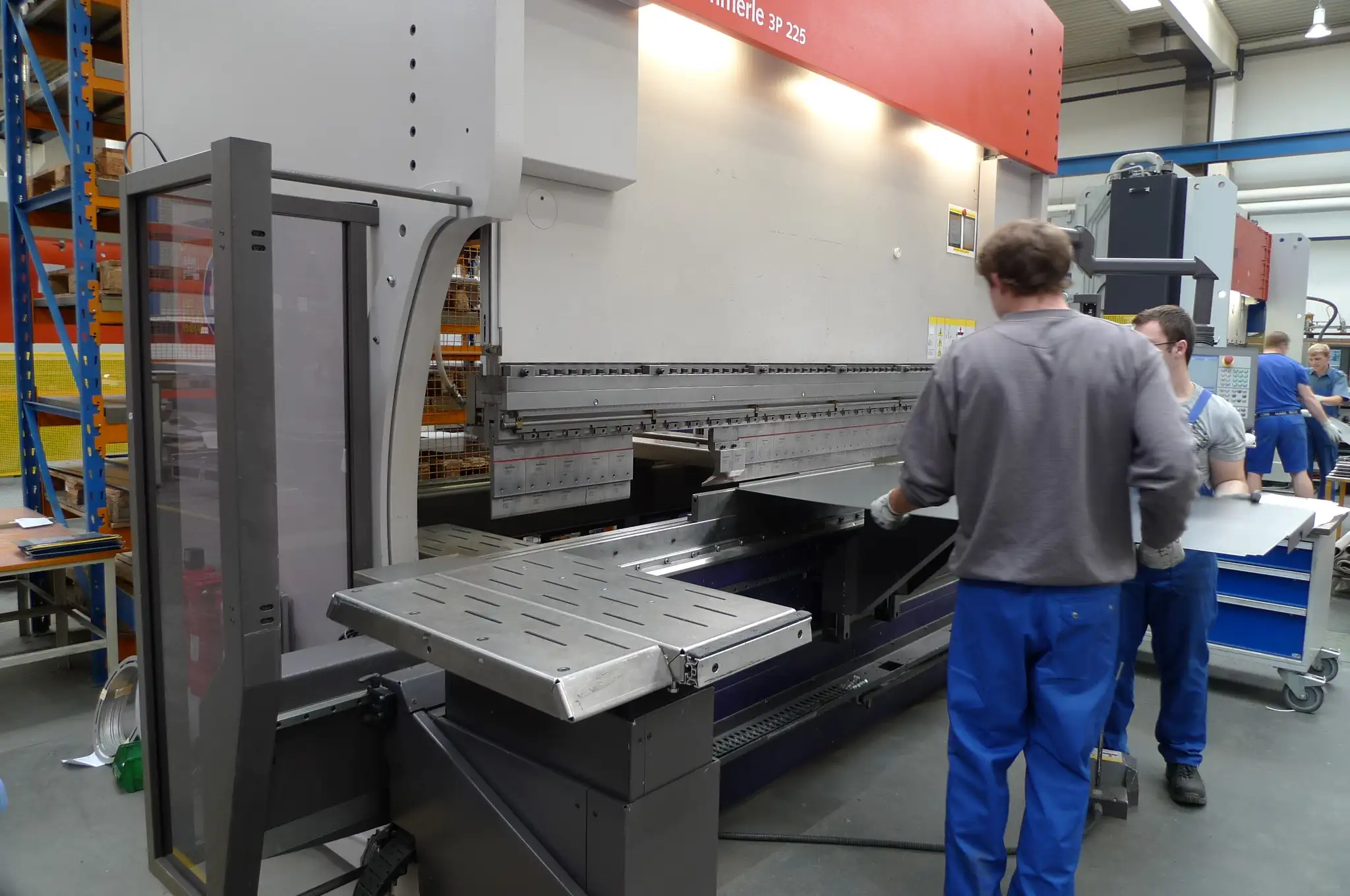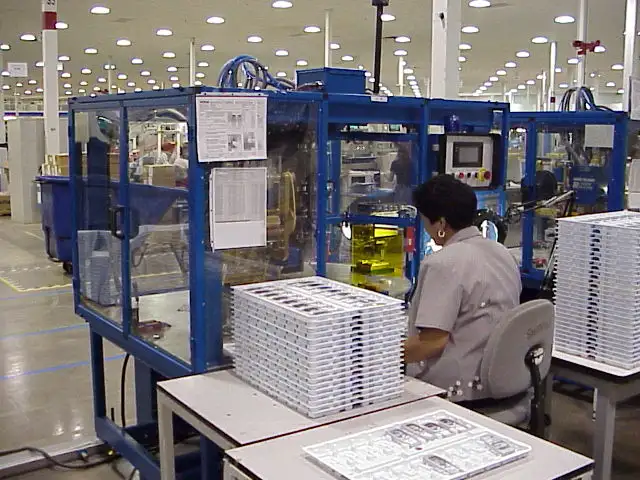A few weeks ago I was approached by the Owner and CEO of a privately held packaging company.
The company specializes in flexible packaging solutions for the produce packaging industry and generates a high single-digit profit margin from about $70 - 80M in annual revenue. One of the major challenges this organization faced was its high finished goods inventory.
 Based on the annual raw material spending, this company had on average about 73 to 83 days of supply of finished goods on hand on any given day. This equals about 4.4 to 5.0 inventory turns per year.
Based on the annual raw material spending, this company had on average about 73 to 83 days of supply of finished goods on hand on any given day. This equals about 4.4 to 5.0 inventory turns per year.
Average manufacturing organizations achieve about 12 to 18 inventory turns, while industry leaders turn their inventory well over 20 times per year.
The high inventory levels resulted in some significant cash flow challenges for this otherwise very successful organization.
Asking the CEO what, based on his understanding, causes this significant amount of finished goods inventory, I learned that the organization’s planning and scheduling team preferred to run very large batch sizes, well beyond the actual customer demand. Running smaller batches based on actual demand would result in low equipment utilization due to the long time it takes to change some equipment over from one product family to another. In some cases, equipment changeover time was 6 to 8 hours.
Based on this discussion, I thought that it may be a good idea to write a short article about “Single Minute Exchange of Die (SMED)” or “Quick Changeover”, a commonly used Lean Six Sigma method to reduce equipment changeover and setup times.
A Quick Changeover reduction initiative can be performed through a larger Lean Six Sigma project following the DMAIC roadmap or through a series of smaller and focused Kaizen events.
While every Quick Changeover reduction initiative needs to be customized to the specific situation, most initiatives follow the seven basic steps described below.
1. Observe the current Changeover Process
 I find it often very helpful to start a Quick Changeover reduction initiative by actually videotaping the major activities currently performed during the changeover process and reviewing the video with the improvement team.
I find it often very helpful to start a Quick Changeover reduction initiative by actually videotaping the major activities currently performed during the changeover process and reviewing the video with the improvement team.
The key outputs of this first step are to document each step of the changeover process, as well as determine the cycle time of each step and for the entire changeover process. A simple Excel spreadsheet will normally be sufficient to document the results of this and the following steps.
2. Separate the Internal and External Activities
Once the team has a clear understanding of the key activities involved in a changeover, each step needs to be classified using one of the following three categories.
-
Waste – Activities which do not add value to the changeover or setup
- Internal – Activities that can only be performed while the equipment is shut down
- External – Activities that can be performed without shutting down the equipment
The results will be documented in the same spreadsheet created in Step 1.
3. Convert (where possible) Internal Activities into External Activities
During this step, the team identifies internal changeover activities, which means activities that are currently performed while the equipment is shut down, which can be converted into external activities, which means they can be performed before or after the equipment shutdown. This can include, organizing all the tools needed for the changeover or pre-assembling tools prior to the equipment shutdown.
4. Streamline and simplify the remaining Internal Activities
In Step 4 the team focuses on those activities that currently need to be performed during the equipment shut down, which means the internal activities, and develops solutions to simplify or speed up those activities.
Examples include,
-
it is only the last turn of a bolt that tightens it - the rest is just movement (waste)
-
usage of quick-release fasteners instead of bolts and nuts
- usage of stoppers to quickly position jigs
- usage of locating pins and holes to eliminate time-consuming adjustments
5. Streamline and simplify the External Activities
 In Step 5 the team focuses now on the external activities, which means activities that can be performed before or after the equipment shut down, and develops solutions to simplify or speed up those activities.
In Step 5 the team focuses now on the external activities, which means activities that can be performed before or after the equipment shut down, and develops solutions to simplify or speed up those activities.
Examples include the use of specially designed carts to organize tools, the usage of overhang mechanisms to handle heavy jigs, or the training of line operators to perform specific changeover tasks.
6. Document and implement the new Changeover Process
Once a new and improved Changeover Process has been established, it needs to be properly documented, all employees involved need to be trained, and a new baseline for the new reduced total changeover time needs to be established.
7. “Do it all again”
Based on our experience, it is not uncommon for an organization to reduce changeover time by 30 – 50% after a successful changeover reduction project or a series of smaller Kaizen events.
To learn more about the Single Minute Exchange of Die (SMED) Process and other Lean Management tools, visit our OpEx Academy for Training Materials, eLearning Modules, Online Courses, and Public Workshops.
Benefit from our expertise and experience to help organizations drive profitability and create growth through Operational Excellence. Contact Us to discuss how Operational Excellence Consulting can support you and your organization in establishing or accelerating your own Operational Excellence initiative. Follow us on LinkedIn and Facebook.
Experience. Passion. Results.